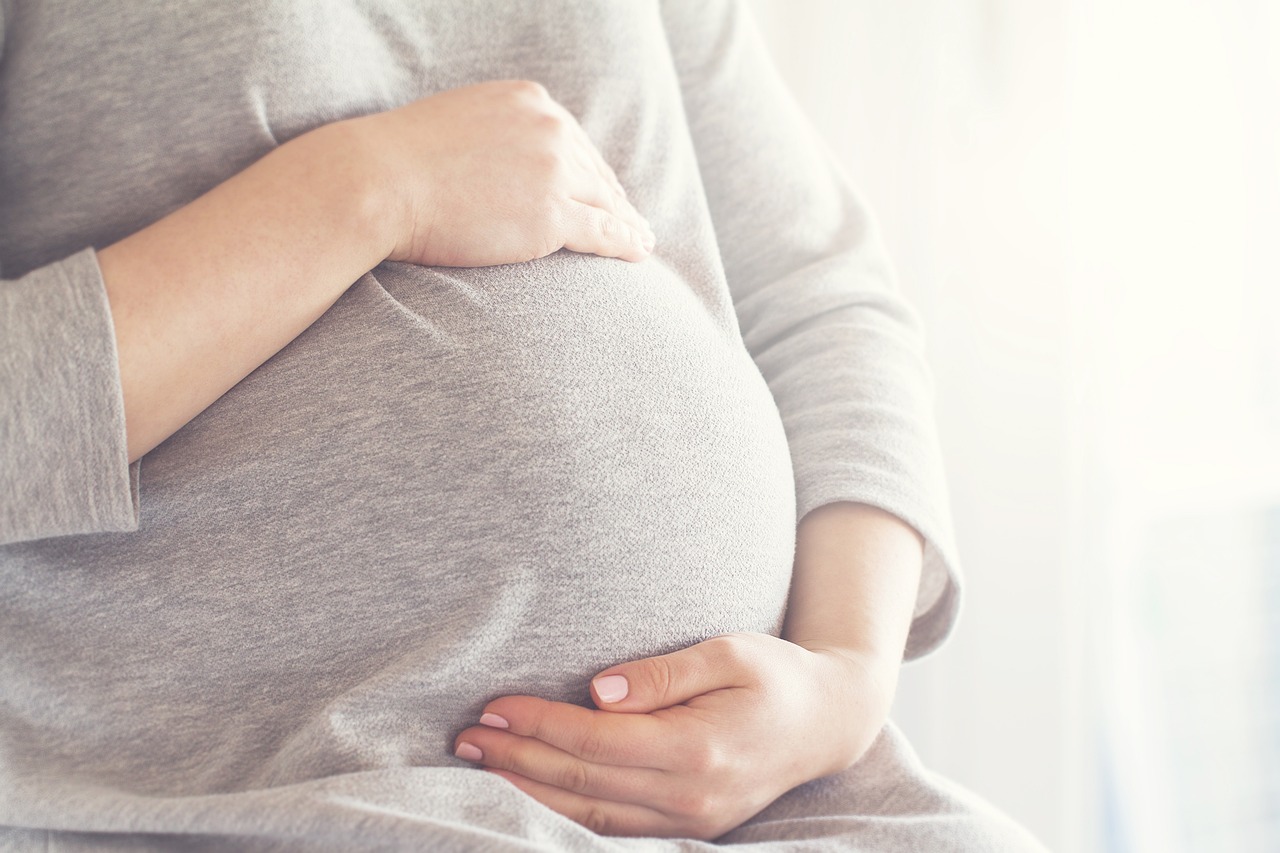Significant changes came into force this tax year regarding the National Minimum Wage and National Living Wage. In this blog we examine what this means for employees who were on maternity leave when the new rates came into force.
In 2005, after a ruling at the European Court of Justice, Statutory Maternity Pay (SMP) regulations were amended to ensure that an employee’s SMP calculation considers any pay rise that takes effect anytime between the start of the 8 week set period for calculating Annual Weekly Earnings (AWE) and the end of the employee’s Statutory Maternity Leave (SML).
In effect, this means there is a 17-month period during which any pay increase must be reflected in SMP by recalculating the employee’s average earnings. In addition, any pay increase awarded beyond the end of the employee’s maternity leave, that is backdated to a date within this 17-month period, would also result in a need to recalculate SMP.
This recalculation may affect both the 90% rate (first six weeks of maternity pay) and the entitlement to the standard rate (additional 33 weeks). It is important to note that for some low earners where 90% of AWE is lower than the standard rate of SMP (currently £184.03 per week) the changes will apply to the full 39 weeks. Every payment will be due an increase if the claim is valid. The employee should still benefit from a pay rise, even if she does not intend to return to work with the employer after her maternity leave has ended.
This means that employers who make payments based on National Minimum Wage or National Living Wage will need to review the average earnings calculation for anyone who has received SMP since 1st April 2024, to ensure that the increase has been applied.
Confused by payroll legislation and worried you might accidentally get things wrong? Why not outsource to Payroll Junction and let us take care of it for you? Get a quote today!

